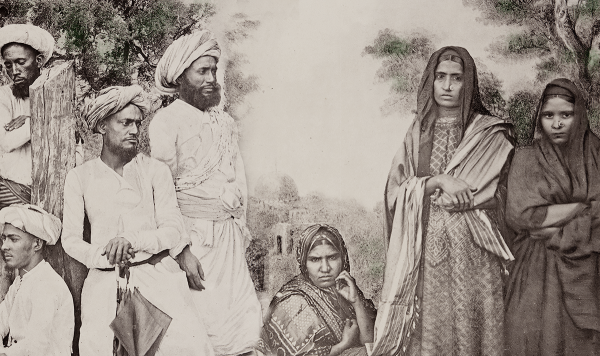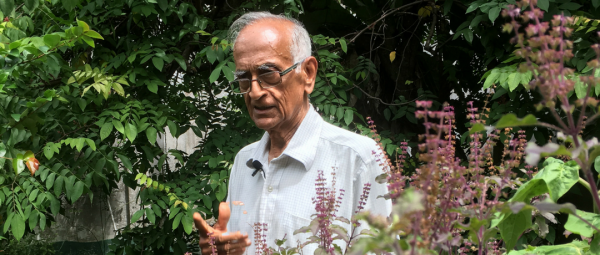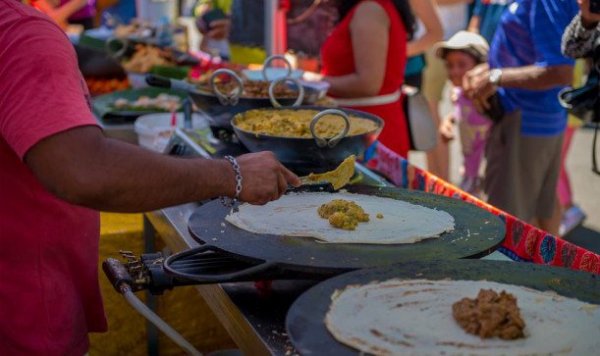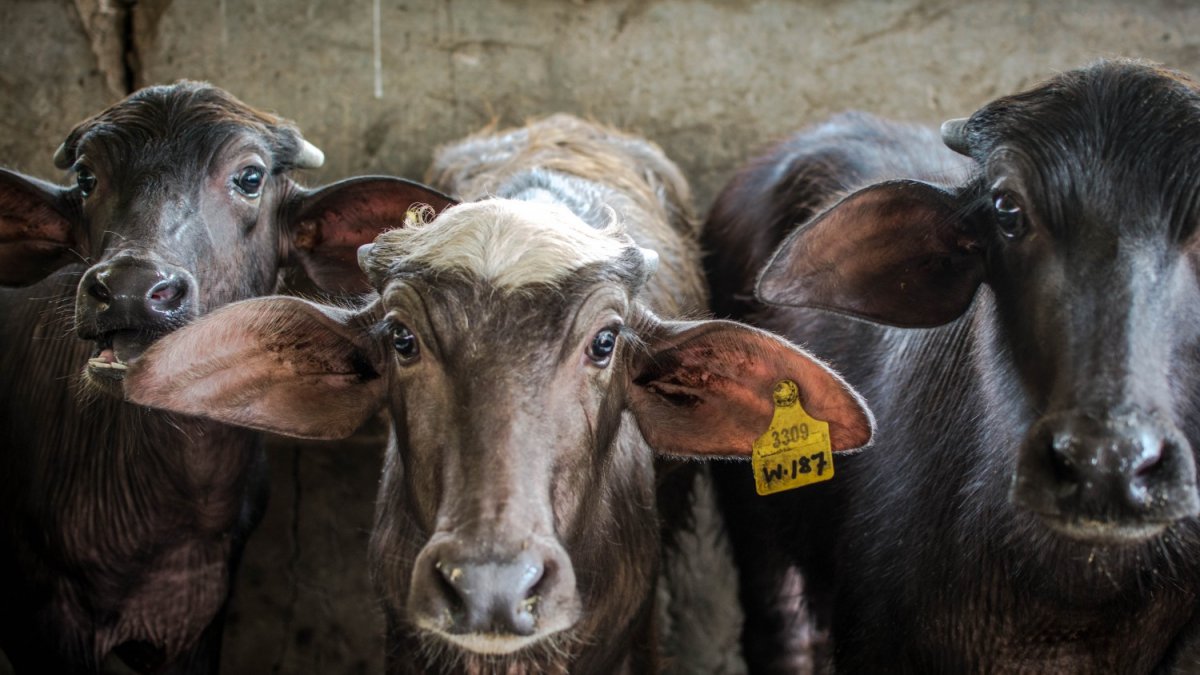
Photos courtesy of Thiva Arunagirinathan / Roar Media
Breakfast, lunch, or dinner; elevenses, afternoon snack, or dessert; buffalo curd always hits the spot.
But despite buffalo curd being a quintessential favourite in the Sri Lankan pantry, its arduous journey, from teet to table, is often overlooked.
Weerawila Farm, just outside of Tissamaharama, is the heart of the South East’s buffalo curd region. Around these parts, there are stalls along the wayside with stacks of clay pots on display, especially around the villages of Wirawila and Andalla (between the 250km and 260km road markers from Colombo on the A2).

The Weerawila Farm was established in 1943 and was initially managed by the Department of Agriculture. In 1978, it was handed over to the Department of Animal Production and Health. Subsequently, the farm came under the management of the National Livestock Development Board (NLDB) in 1992.
At this time, the farm was not making profits and was in a neglected state: the pasture fields were regressing back to jungle. The buildings were repaired and unproductive cattle and buffalos were nurtured back to health (or disposed of) and a definite program was drawn up for the development of this farm.
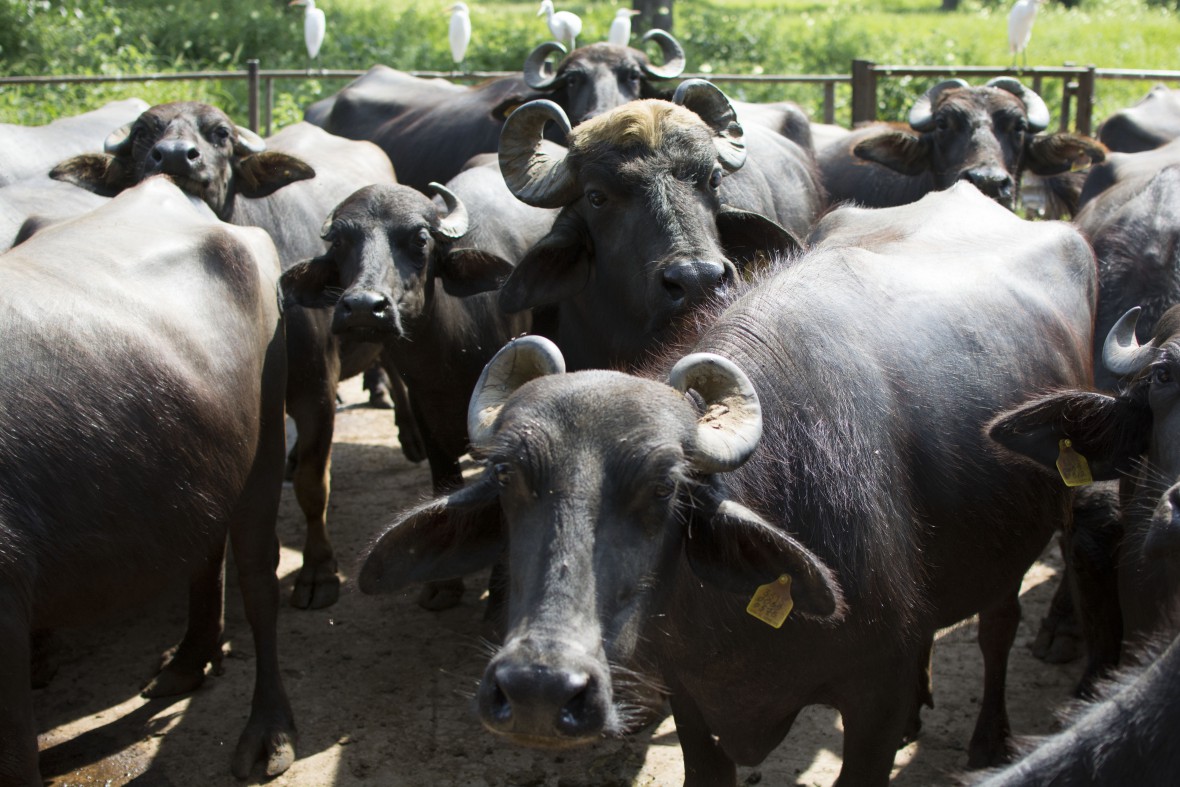
These beasts are the offspring of buffalos from India and Pakistan bought to Wirawila in the 1980s. They have to use imported cattle as native buffalo are too ferocious—the Sri Lanka buffalo cannot be penned in or controlled!

The blondes are the “Nilrawe” species from India. This beauty is seven years old and in general, the Nilrawe live up to 17-20 years. The blacks, or “Moora”, are from Pakistan.
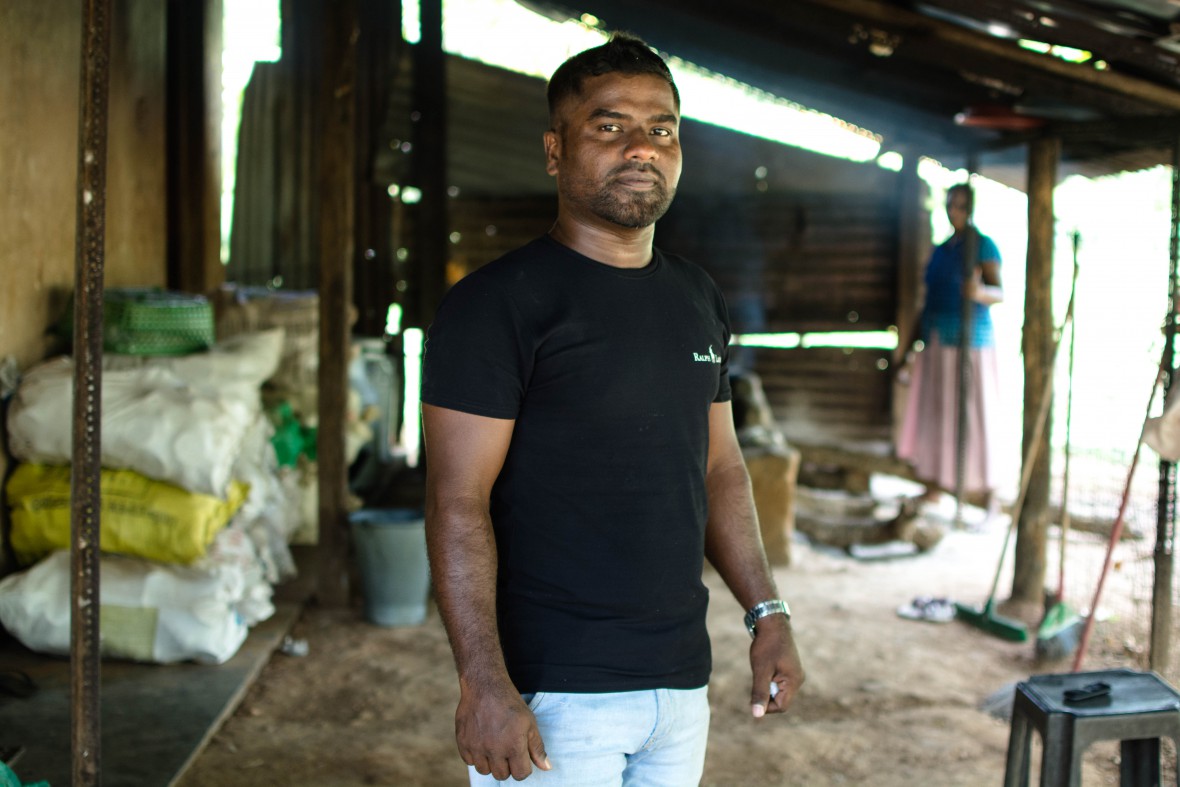
Gayan Suranga is the Weerawila Farm’s operations manager. Born in Tissamaharama, he’s been working on the farm for 15 years.
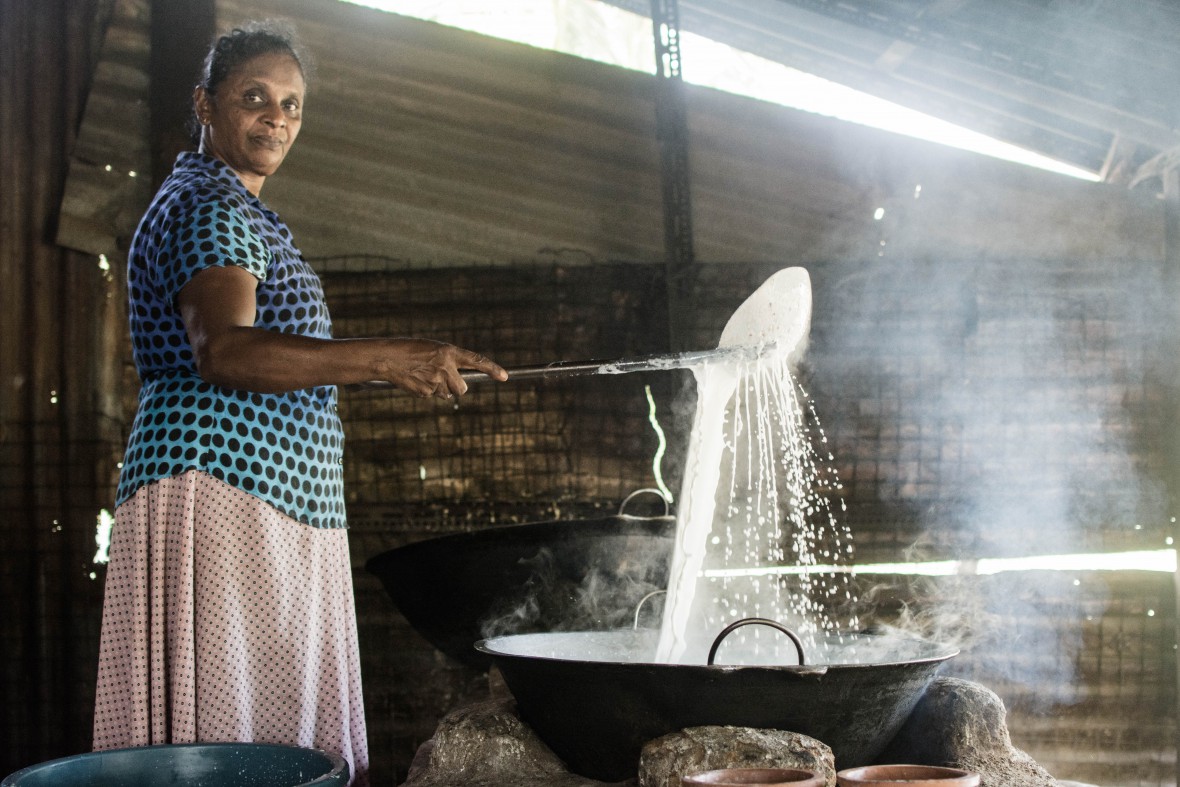
The team work every day, seven days a week, producing over 200 litres of curd a day. The massive pans hold 14 litres of milk each.

The process is very simple. The milk is heated to 90℃, and stirred for about an hour, reducing the water content by about 20%.
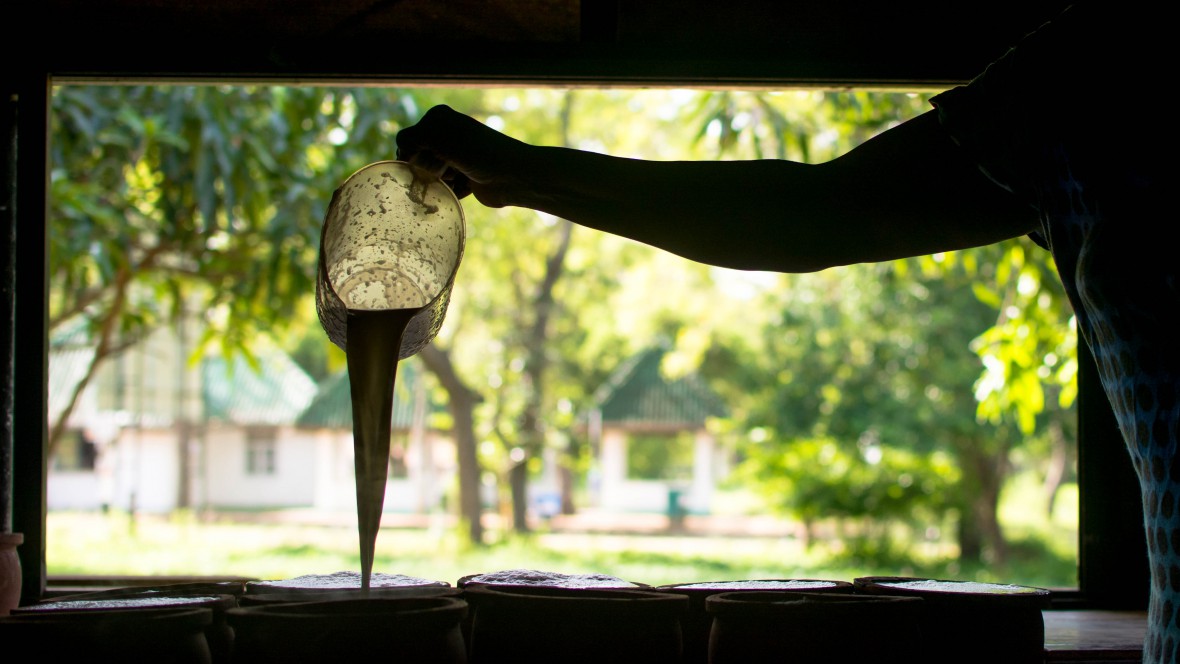
It’s then poured into clay pots and when the milk cools to 45℃, they add the culture. By evening, it’s curd.

There are 31 livestock farms operated by the NLDB in Sri Lanka.
The vast majority are in the central highlands and western provinces. In the south, there are only two farms, Weerawila and Ridiyagama, the latter about 30 km northwest of Hambantota. According to manager Suranga, Ridiyagama is the biggest farm in South Asia with 2,700 cows. All the cows there are from Australia, producing 40-50 litres a month each, while a Sri Lankan cow only produces 6-7 litres.
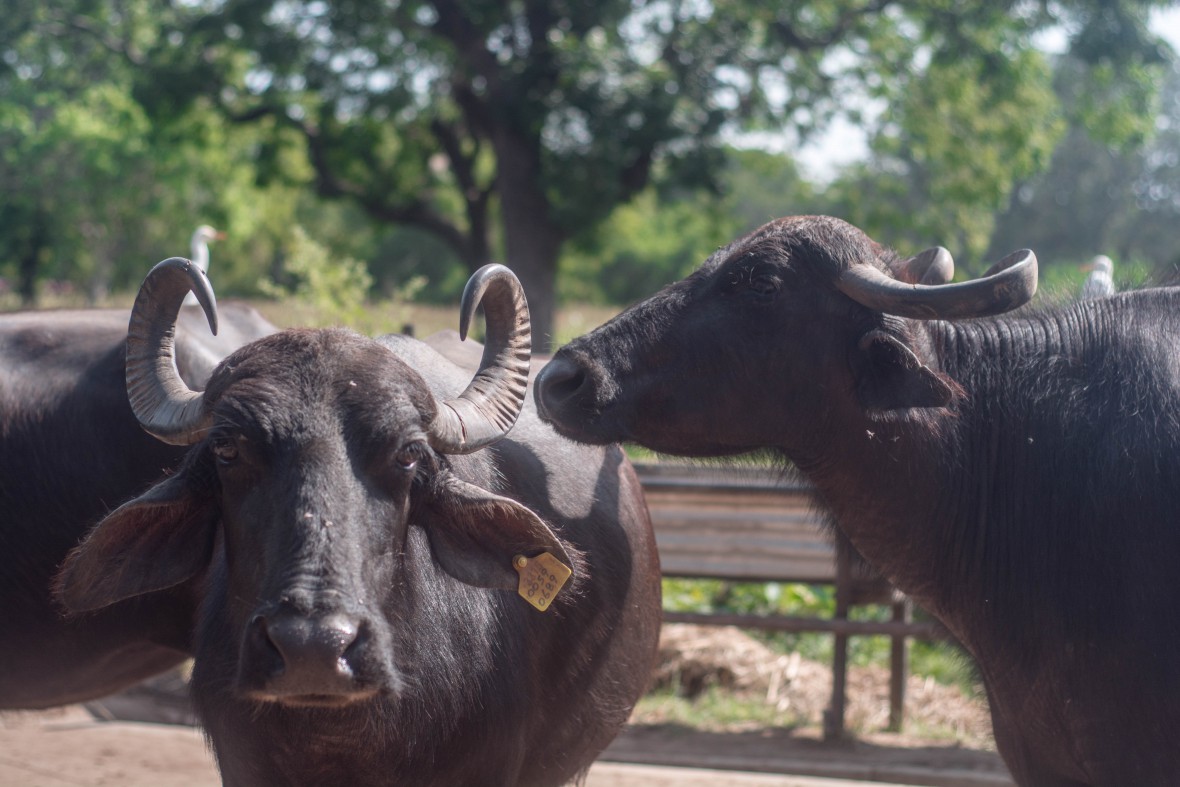
Each buffalo gives approx 360 litres in a year. Currently, this group is the “dry herd” (the milk herd is out grazing for the day and wander a good 5km away). After 365 days of milking, they become dry and after a further four months of rest, a single bull is sent in. Once the calf is born, they are able to milk the buffalo once more.
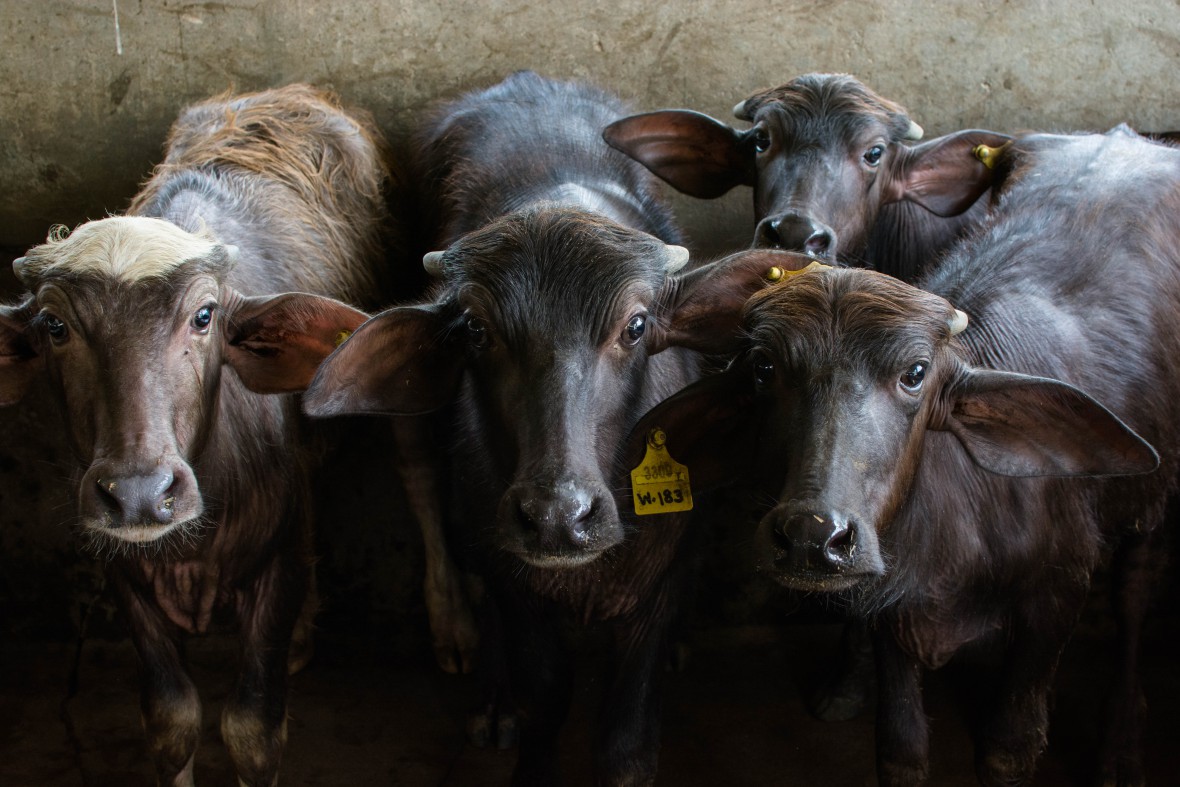
These darlings are only three months old and have only recently left their mothers for their own pen. Up until three months, the mother won’t produce milk unless the calf is by her side.
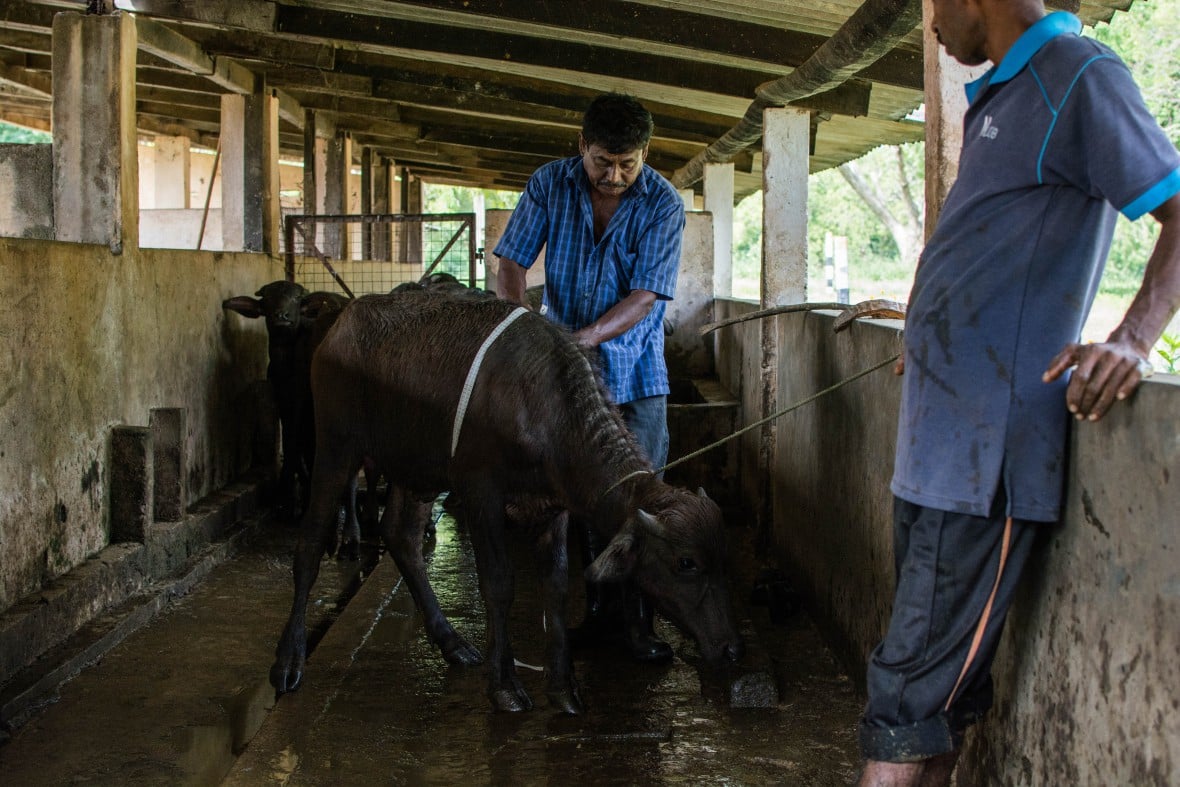
Today they are measuring the weight of the entire baby herd—20 old calves in total. In 12-15 months, they’ll big enough to handle the bull and ready to mate.

Even the measuring tape is buffalo-themed!

Nirosha is 26 years old and has been working at the farm for four months. They have had 130,000 clay pots delivered from their supplier in Kurunegala and she is dutifully cleaning 200 for today’s fresh batch of curd.
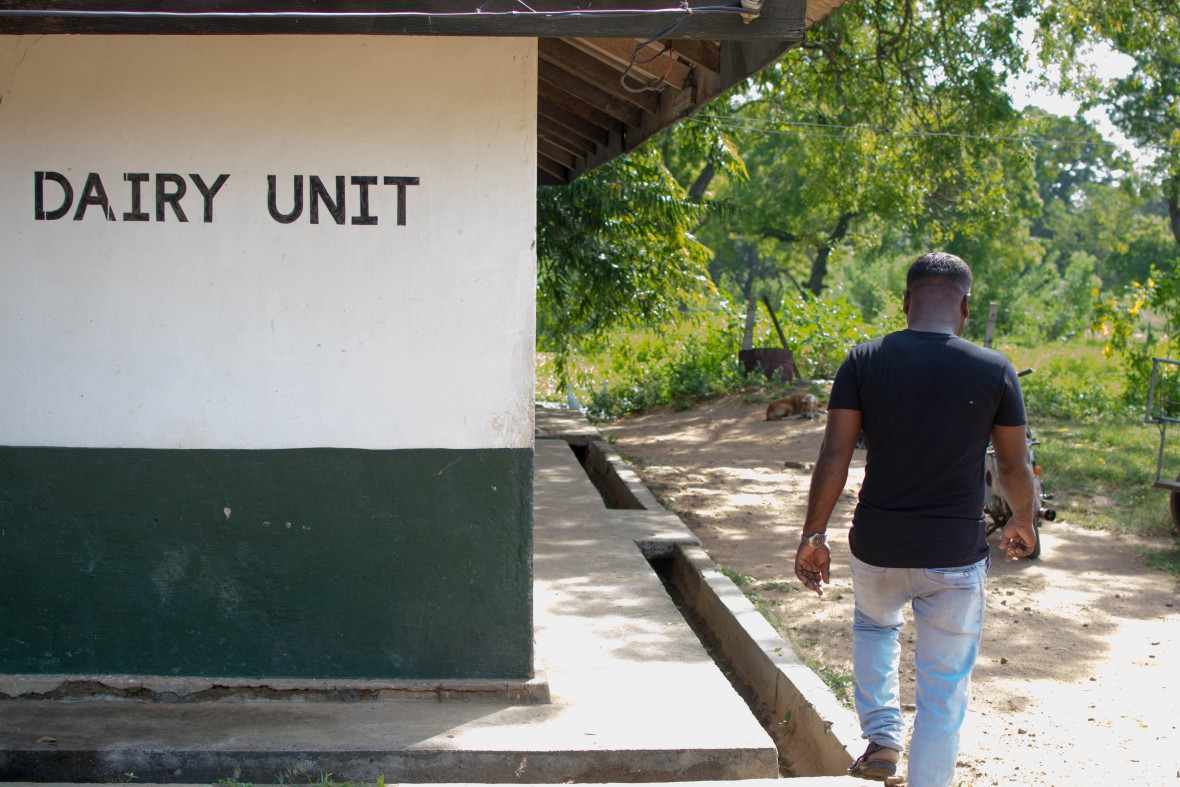
At 3.30am every morning, 150 litres are loaded onto a truck along the coast as far as Galle. The litre pots are sold to the middlemen for Rs. 150 and then sold to the public for Rs. 210. The 50 from the 200 produced remain locally for sale.

Curd prices are on the rise. In 2010, Rs. 140 was the retail price and is now Rs. 210 and rising. The reason is that fewer people are working in the curd production process. People are less interested in raising livestock, and more and more people are selling their land for development, meaning the buffalo have less space to graze. Government-owned businesses like this one have the resources to manage, but small, local businesses are diminishing.
As a result, curd production is becoming scarcer and the price will continue to rise.

On a good day, they exceed their 200 pot total by 40-50 pots!


